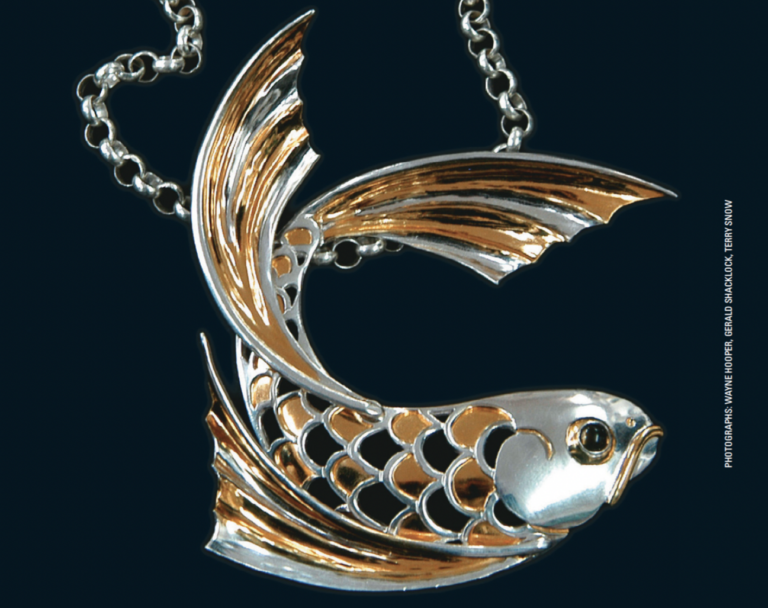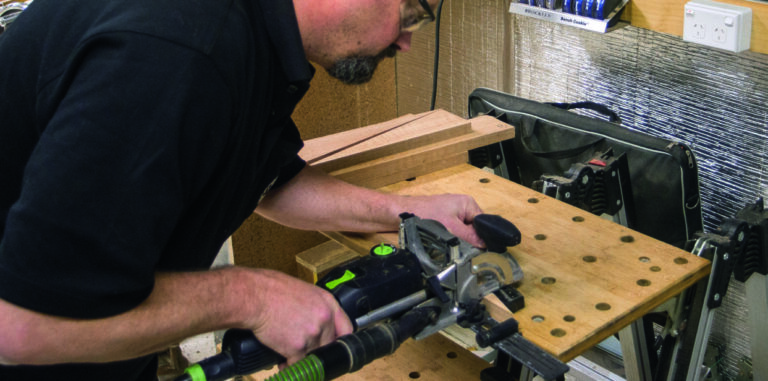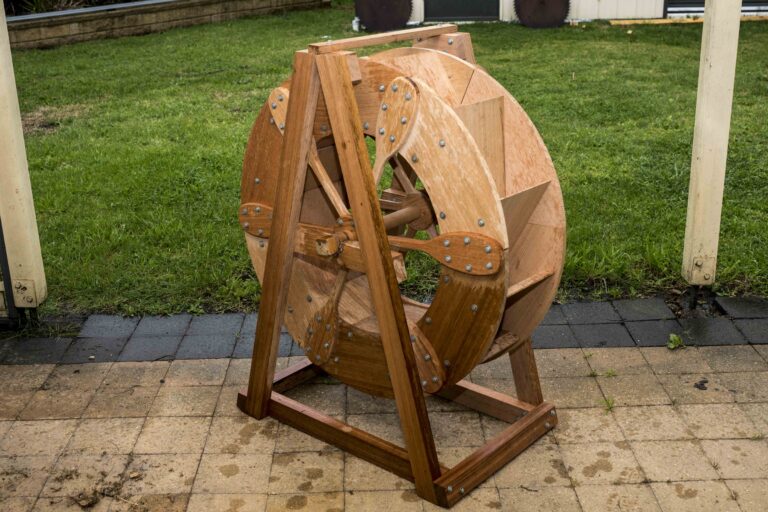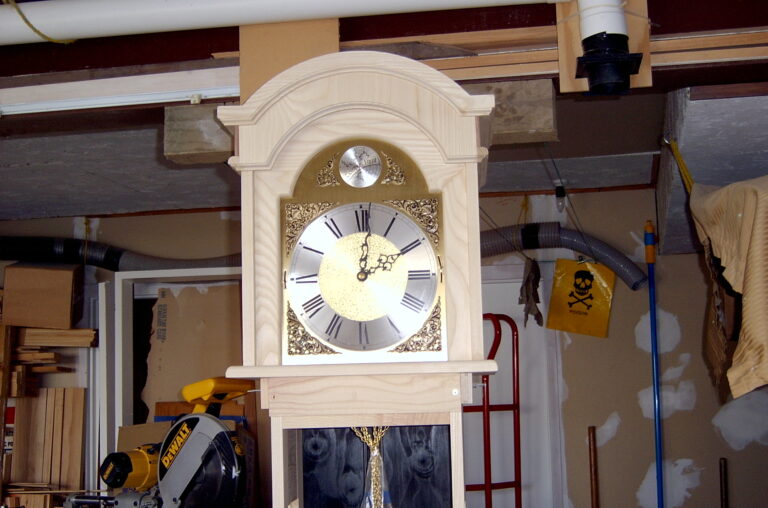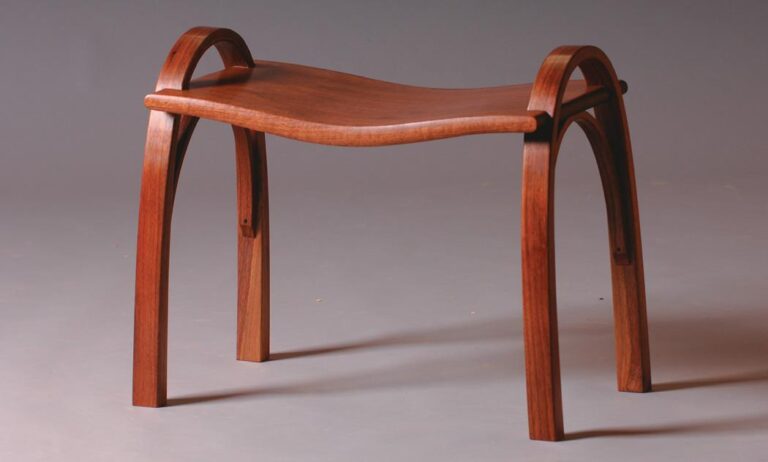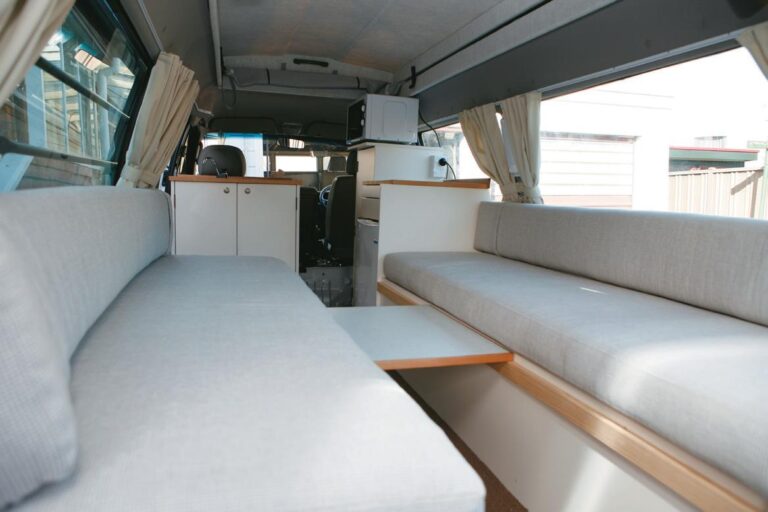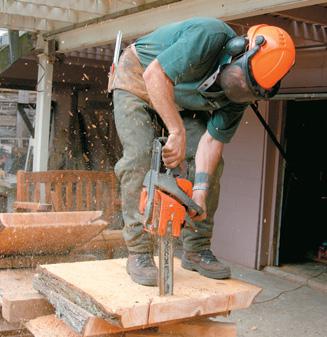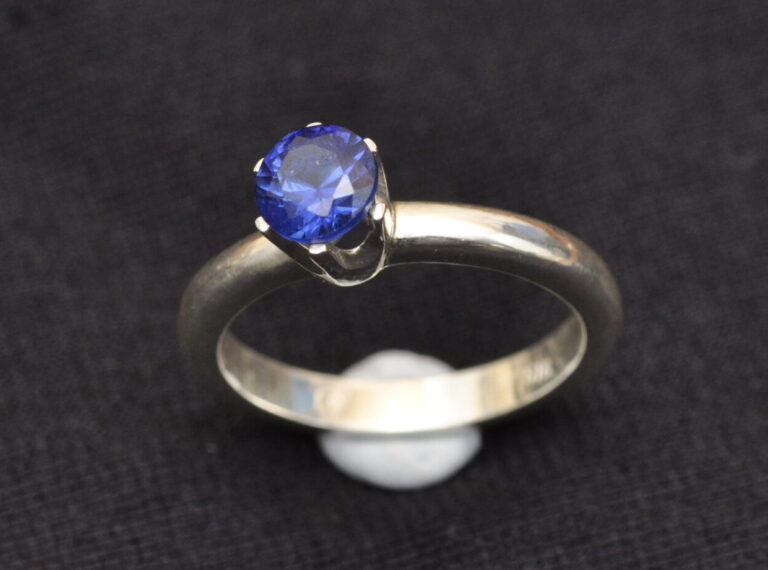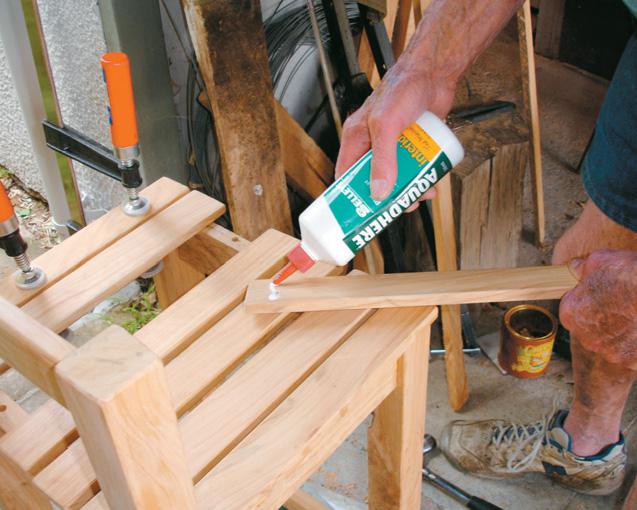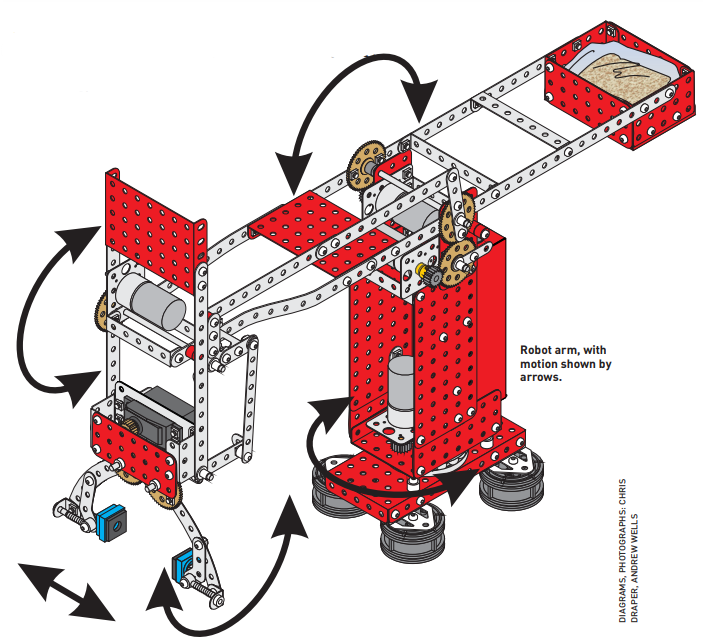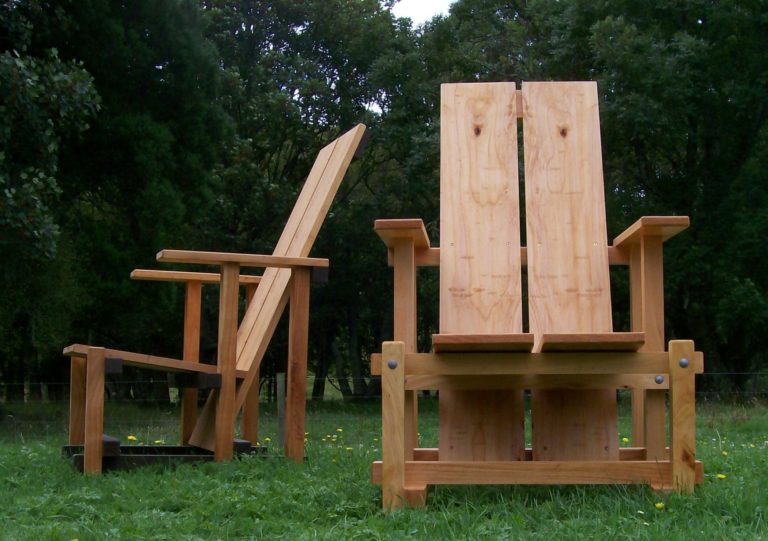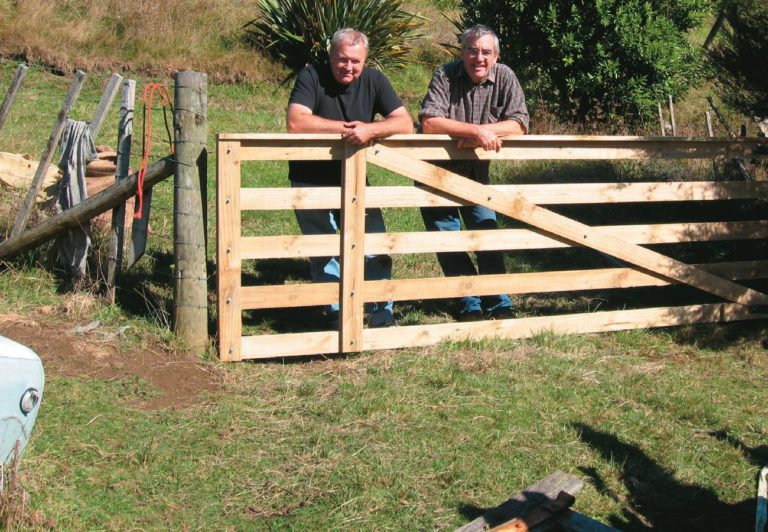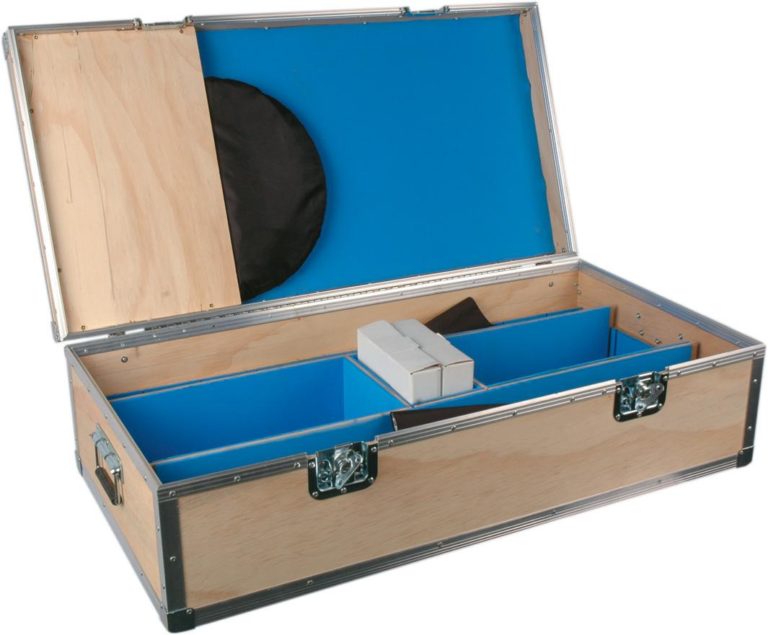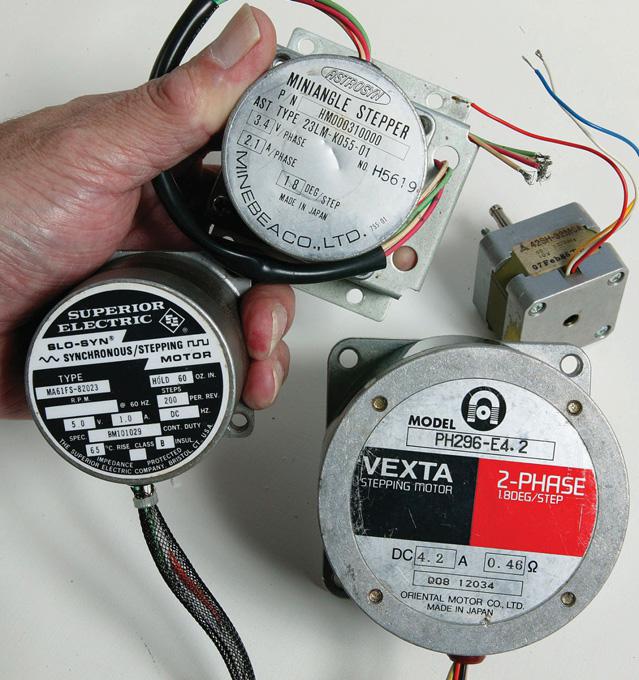
Rescue those versatile stepper motors
Magnetism is wonderful stuff.
As a way of moving things it has no peer. It has no friction, excessive heat or other unwanted effects, and is easily harnessed in the shed in the guise of stepper motors. These versatile devices have an astonishing range of rotational speeds, from zero to tens of thousands of rpm.
Thanks to the precision of digital control, they can accelerate, decelerate, turn a specific number of times or even minute fractions of a single rotation – all repeatedly and reliably.


